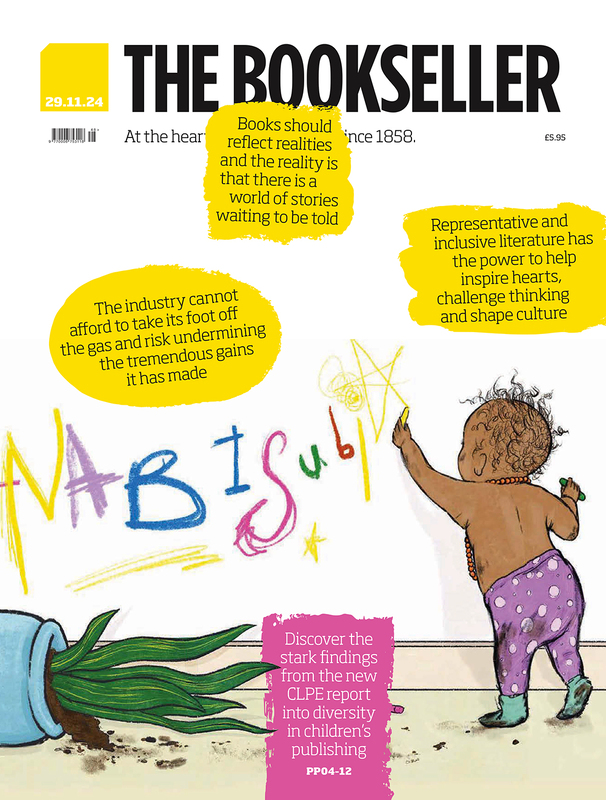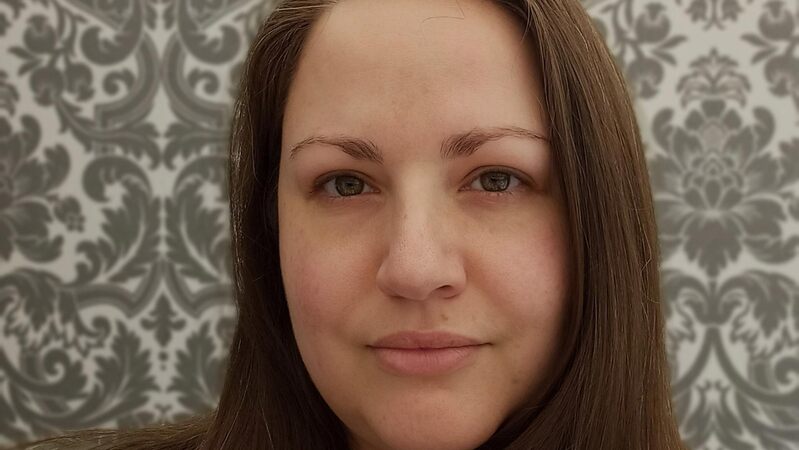You are viewing your 1 free article this month. Login to read more articles.
Merivel: A Man For Our Time
There can’t be many characters to whom a novelist would wish to return after a gap of more than 20 years. But Robert Merivel, the protagonist of Rose Tremain’s Booker-shortlisted Restoration, has proved to be one of them. This month she releases Merivel: A Man of His Time, which finds the eponymous hero in 1683 – still at his beloved manor of Bidnold but with his daughter Margaret now a nubile 17-year-old. Spending time with Merivel again has been “fantastically enjoyable”, Tremain says.
“Completing a novel is not like giving birth, as people sometimes say – it’s more like a death. I’m still in mourning.” Caught in the middle of a “nightmare” two and a half weeks – a mounting list of book events, coupled with all-day script meetings for a radio adaptation of Trollope on which she is working – she still manages a powerful degree of enthusiasm for the man himself; and indeed for the whole question of going back to the same character, two decades on.
“When you embark on something as complex as a novel you usually spend the first quarter of it trying to get to know the character. You don’t have all the answers – or I don’t, I like making discoveries as I go along. But when you’re going back to a character who’s known and loved – and especially one who makes you laugh – you’re immediately there. It’s wonderful.”
With Merivel Tremain was “aiming for a standalone novel so that readers don’t feel coerced into reading Restoration first”. But inevitably, those who have read the earlier book will hark back to the man they used to know. The older Merivel is still the same untidy, sensual, self-mocking figure and is still afflicted, Falstaff-like, with what he himself calls “the disease of loving the king”, Charles II.
But Tremain and Merivel have, the author says, “got older together. I think he’s taken on all the anxieties of late middle-age.” Merivel is 56 when this book begins, but that meant more in the 17th century – “add 15 years at least. He’s facing the last third of his life.” Paradoxically, as she says, the same was true of the group of characters who made up her last contemporary novel, Trespass; and indeed, it has been remarked that even as a young novelist (she is now 69), she often wrote about old age and the attempt to find the meaning – “if any” – in that last third of life.
Merivel is still a man aware of his failings and struggling to change – still the physician who cannot find a cure for sadness. More so than ever, maybe… “There has always been this terrible battle in him between duty and pleasure, but now, all the things that gave him pleasure are being taken away from him one by one, leaving him with almost nothing.” She stresses the “almost” – her novel is not gloomy. But it is dark – as David Leavitt wrote of Trespass in the New York Times Book Review, she “grabs her readers by the ankles and dangles them over the abyss”.
That impulse to stare darkness in the face is one reason why, although A.N. Wilson once called her the best “historical novelist” of her generation, she herself is “not very happy” with the term ‘historical novel’ to describe books like Merivel. “It leads people to expect something really easy – just a gripping tale.
“I am, by the way, very keen on the gripping tale,” she says hastily. “Far too many fictions don’t grasp the nettle of story.” But although a number of her best-known novels are obviously set in the past (notably the Whitbread Prize-winning Music & Silence), in the great sliding scale that historical fiction represents, Tremain is very obviously a novelist who sometimes uses the past to dramatise her own concerns as a writer, rather than one who simply renders up an imagined version of historical fact.
“It’s the idea that inspires me and then I think about when and where – usually, anyway.” One exception was The Colour, which was inspired by finding out about the New Zealand gold rush: “That was like a gift, which the novelist doesn’t often get.” The point was that the story of hopes and dreams, of two people against a hostile terrain, had universal appeal. “What I’m always trying to aim for is stories that speak to us across time.”
Introducing the 2009 Vintage edition of Restoration, Tremain described the book as “my fictional response to the climate of selfishness and material greed that began to prevail in our society during the Thatcher years”. This was, she says now, “an honest response” to the often-asked question about a novel’s genesis, but she is anxious to point out that if readers go trawling for exact parallels between the 1660s and the 1980s (or the 1680s and the 2010s), then they will not find them.
That said, however, she still admits that she saw the greedy hedonistic England of the early years of Charles II as another environment that mirrored what she saw happening in contemporary Britain. “For a novelist the contemporary world is extremely hard to seize because it moves so fast. Something can look like a historical novel even when it’s set two years back.
“I’ve never drawn a huge line between those works of mine set in the past and those set in the in the present. I don’t see this great chasm people want me to see. I can move quite easily between the two.” And yes, there are parallels between the 1680s in which Merivel is set, and the present day.
In the last years of Charles’ reign things were not the same as they were in the 1660s, when a burst of pleasure-loving optimism brought Merivel to riotous life and the newly restored king to the throne. Between the 1660s and the 1680s, “the gap between rich and poor, always huge, had widened. The world was more pinched – a bit credit crunchy – and that is one reason for doing the book now. There was a kind of unease about the future which, yes, is exactly what we feel today.” The whole area of aspiration has changed so that “we worry about what’s going to happen to our children – or in my case it would be grandchildren – to a far greater extent than in the 1980s.”
Tremain lives with the noted biographer and Romanticism expert Richard Holmes, whose name she invokes when asked whether she could ever contemplate the leap a number of others have made into historical non-fiction. The answer is a negative, decidedly. “My God I have admiration for biographers. They work so much harder than we do. As a novelist you can fly like a hound along the hedgerow, but you don’t have to follow every trail. I’m not patient enough to be a biographer or a historian – I know myself well enough to know that. And I love the transforming process.”
Researching the past feeds her process as a writer. She was, she says, thinking about the question just recently. “I have felt it important not to be trapped in needing to set everything in the past. But I’m always trying to learn something. Otherwise, at my age, I’d probably be giving up.”
It is, happily, hard to believe that that is a possibility: Tremain the novelist is surely as greedy for new experience as Merivel himself.
“I deliberately seek out the strange, the unfamiliar, even the unknowable, as subjects for my novels… to let the extraordinary cast new light on the quotidian,” she said once. Formely a teacher of creative writing, Tremain used to warn her students away from the traditional advice “write about what you know”. Find out something instead, she would tell them. “That way your development as a writer will continue.”
Who is Merivel?
Robert Merivel was appointed as surgeon to King Charles II’s dogs when we first met him in Rose Tremain’s 1989 novel Restoration.
He became indispensible when Charles arranged for Merivel to marry one of his own mistresses, installing the couple in separate estates for his convenience.
Merivel was stripped of his estate and privileges when his lustiness got the better of him and he made a pass at his new wife.
Merivel dabbles in art and treating the mentally ill, but is banned from the latter after getting a patient pregnant.
Rose Tremain’s new instalment sees Merivel reinstated in Charles II’s court and faced with middle age, a teenage daughter and a pet bear.
Sarah Gristwood is the author of Blood Sisters, out now, published by HarperPress.













